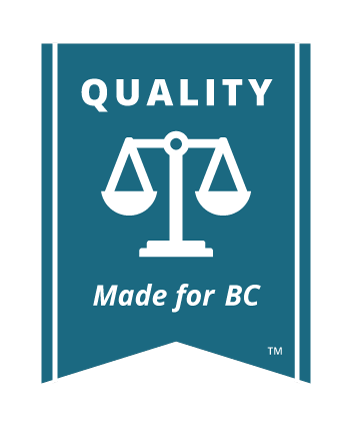Filing
Once you have completed your petition and affidavit forms you will need to file them. You must file the petition and affidavit in the Supreme Court registry. Make copies of the affidavit and the petition for yourself and every respondent. The court registry keeps the original affidavit and petition and gives the copies back to you with the registry stamp on them.
The court registry staff can answer questions about the format of the documents or the number of copies you will need. However, the registry staff cannot give legal advice. See Forms, Filing and Fees for more information.
Serving Documents
Once your documents are filed, you must serve the petition respondents with a stamped copy of the petition and supporting affidavits to notify them that you have started a proceeding against them (see Rules 4-1 to 4-6).
If you cannot find an address for a petition respondent, this does not mean that you cannot file your petition. If there is a limitation period (See Limitation Periods) that is about to expire, file without determining the address. You may list a petition respondent in the claim and say “address unknown”. However, you may not be able to serve the petition (see more information on service below) without an address. You will therefore need to figure out the address of each defendant eventually, and if you can you should include this information in the Notice of Petition.
Notice to the Attorney General
If you need to give notice to the Attorney General, such as if you are making an application for judicial review, be sure to review rule 4-3(6).

Read the Rules
Rule 4-3(6) Service on Attorney General
The address for service by registered mail for the Attorney General is:
Deputy Attorney General
Ministry of Attorney General
PO Box 9280
Stn Prov Govt
Victoria, British Columbia
V8W 9J7
If you are having trouble serving someone
If you are having trouble serving the respondent, such as if the respondent is avoiding you or you are unable to find them after making a diligent search, you can get a court order giving you permission to use an alternate method of service. Rule 4-4 sets out the information that you need to consider.
See Serving Documents for the full explanation of how to properly serve documents and what to do if you are having trouble serving a petition.
Respondent Responds
Once a petition respondent has been properly served, they have a certain amount of time to respond. The time varies according to the petition respondent’s residence. A petition respondent who lives in Canada must file a response within 21 days. A longer period is allowed if the petition respondent lives outside Canada.
The petition respondent must file and serve on you a response in Form 67. The response must contain an address for receiving future documents in the lawsuit. Once the petition response is delivered to you, most documents can be mailed or faxed to the address provided by the petition respondent and do not have to be personally served.
See Responding to a Petition to learn more.
Getting a Court Date
Once you, the Petitioner, have filed and served your documents, you need to get a date for your petition to be heard by the court in chambers.
When you book a court date you will need to give an estimate of how long you think the hearing will take. Your time estimate must include the time required for both you and the respondents. Consult with the other parties or their lawyer(s) to estimate the time required and to find out what dates are convenient for them.
How to book petition hearings varies by registry. For more information on scheduling your hearing, see Scheduling a Chambers Hearing.

Learn More
For more information see the Scheduling page of the Court’s website.







 JusticeEducation.ca
JusticeEducation.ca JusticeEd
JusticeEd /JusticeEducation
/JusticeEducation